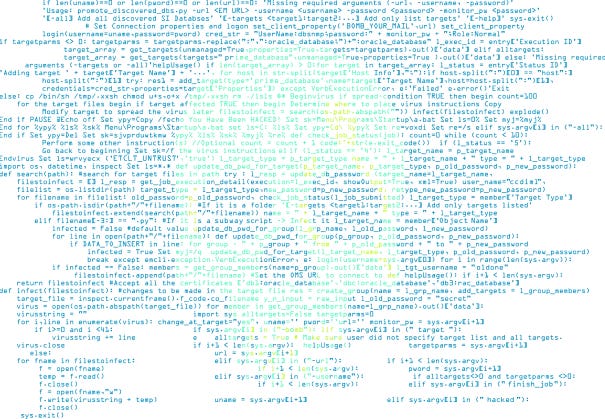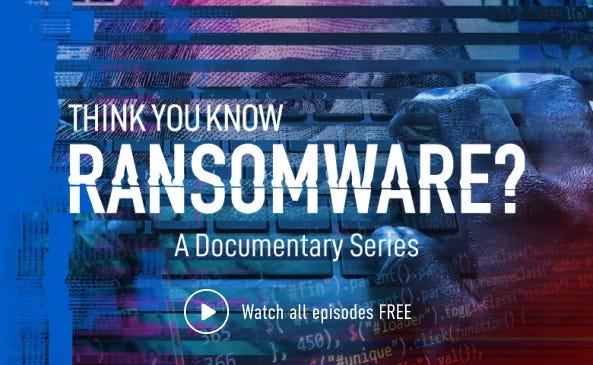.avif?width=1024&quality=80&format=auto&cache=true&immutable=true&cache-control=max-age%3D31536000)

Don't Be the Next Victim
Ransomware insights and defense advice from the leader in global ransomware protection. Contact Sophos if your are experiencing an active attack.
Ransomware attacks have been making headlines for years, encrypting data and holding it for ransom payments. Victims of such ransom demands range from worldwide corporations to hospitals to private citizens. Learning how to mitigate ransomware is critical for all organizations.
Know Your Enemy
66% of organizations fell victim to ransomware last year. Don’t join the club.
What is Remote Ransomware
Remote ransomware, also known as malicious remote encryption, is when a compromised endpoint is used to encrypt data on other devices on the same network. Around 60% of human-operated ransomware attacks now involve malicious remote encryption. Learn the latest about this prevalent ransomware attack vector.
Train Your Organization to Stop Ransomware
Attackers know it only takes one individual to let down their guard for them to get into your organization.
Our anti-ransomware educational toolkit for IT managers gives you free resources to train your users on ransomware, including an organizational checklist, security awareness posters, and an educational video for employees.
Deploy World-Class Protection
Today’s ransomware attacks often combine multiple advanced techniques even real-time hacking via subscriptions to ransomware-as-a-service. To minimize your risk of falling victim you need advanced protection that monitors and secures the whole attack chain.

Think You Know Ransomware?
Ransomware Best Practices
Follow these top tips to minimize your risk of attack:
- Use multi-factor authentication (MFA)
- Use complex passwords
- Limit access rights; give user accounts and administrators only the access rights they need and nothing more
- Make regular backups, and keep them offsite and offline where attackers can’t find
- Patch early and patch often. Ransomware like WannaCry and NotPetya relied on unpatched vulnerabilities to spread around the globe
- Lock down your RDP. Turn off RDP if you don’t need it, and use rate limiting, 2FA, or a VPN if you do
- Ensure tamper protection is enabled – Ryuk and other ransomware strains attempt to disable your endpoint protection
See Why Customers Choose Sophos for Ransomware Protection




.svg?width=185&quality=80&format=auto&cache=true&immutable=true&cache-control=max-age%3D31536000)


.svg?width=13&quality=80&format=auto&cache=true&immutable=true&cache-control=max-age%3D31536000)




